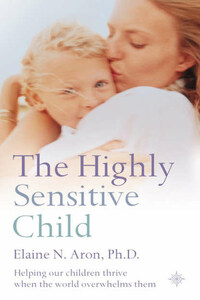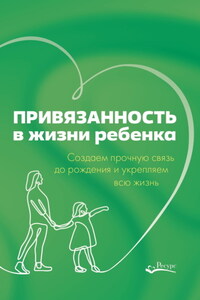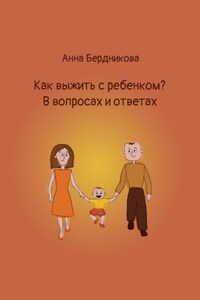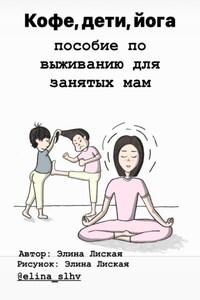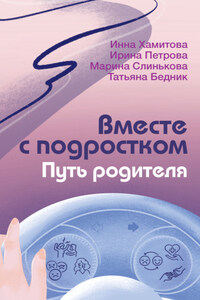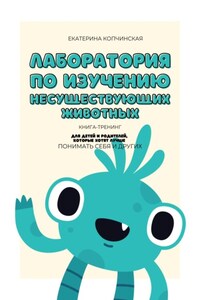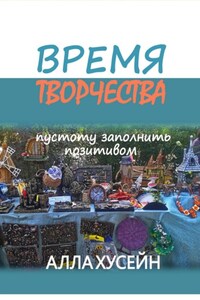Thorsons
An Imprint of HarperCollinsPublishers 1 London Bridge Street London SE1 9GF
The website address is: www.thorsonselement.com
and
Thorsons are trademarks of HarperCollins
Publishers Ltd
First published in the USA in 2002 by Broadway Books,
a division of Random House, Inc.
This edition published in 2003 by Thorsons
© 2002 Elaine N. Aron
Elaine N. Aron asserts the moral right to be
identified as the author of this work
A catalogue record of this book is available
from the British Library
All rights reserved under International and Pan-American Copyright Conventions. By payment of the required fees, you have been granted the nonexclusive, nontransferable right to access and read the text of this ebook on-screen. No part of this text may be reproduced, transmitted, downloaded, decompiled, reverse engineered, or stored in or introduced into any information storage and retrieval system, in any form or by any means, whether electronic or mechanical, now known or hereinafter invented, without the express written permission of HarperCollins ebooks
HarperCollinsPublishers has made every reasonable effort to ensure that any picture content and written content in this ebook has been included or removed in accordance with the contractual and technological constraints in operation at the time of publication.
Source ISBN: 9780007163939
Ebook Edition © JUNE 2012 ISBN 9780007382897
Version: 2018-11-19
If you are reading these words, there is something about your child that makes you think he or she is highly sensitive. To best understand what that means, read over the checklist on pages xvii–xviii. If many of these statements apply to your child, read on … and welcome.
Almost everyone knows that even at birth children have their own personalities. “She always knew what she wanted, even as a baby, and she was going to have it or else.” “He was always good-natured. Feed him or not, change him or not—it hardly mattered.” Like every other child, yours has inherited her own unique combination of innate temperament traits. Yet each trait taken by itself is probably not unique, but is typical of a group of children, and so it can be easily described. “Strong-willed.” “Good-natured.” And so forth.
One such common inherited trait is high sensitivity, found in about 15 to 20 percent of children (the percentage is the same in boys and girls). Some infants seem fairly oblivious to whatever you feed them and whatever the temperature of the room may be; it does not matter to them if the stereo is on loud or the lights are bright. But highly sensitive infants seem to notice every slightly new taste, every change in temperature; they startle at loud noises and cry when a bright light is in their eyes. When they are older, they are often emotionally sensitive, too. They cry easily when their feelings are hurt, they worry more, and they can be so happy they “can’t bear it.” They also reflect before they act, so that they often come across as shy or afraid when they are merely observing. When they grow older still, they are often remarkable for their kindness and conscientiousness; they are upset by injustice, cruelty, or irresponsibility.
Even though it is possible to say a great deal about highly sensitive children (HSCs), no description will fit every child perfectly because, again, each HSC is unique, thanks to a unique combination of inherited traits plus different upbringings and school experiences. Your HSC may be outgoing or prefer to play alone, persistent or easily distracted, bossy and demanding or so adaptable he’s “almost too good.” But there is still a common thread of sensitivity you can recognize.
